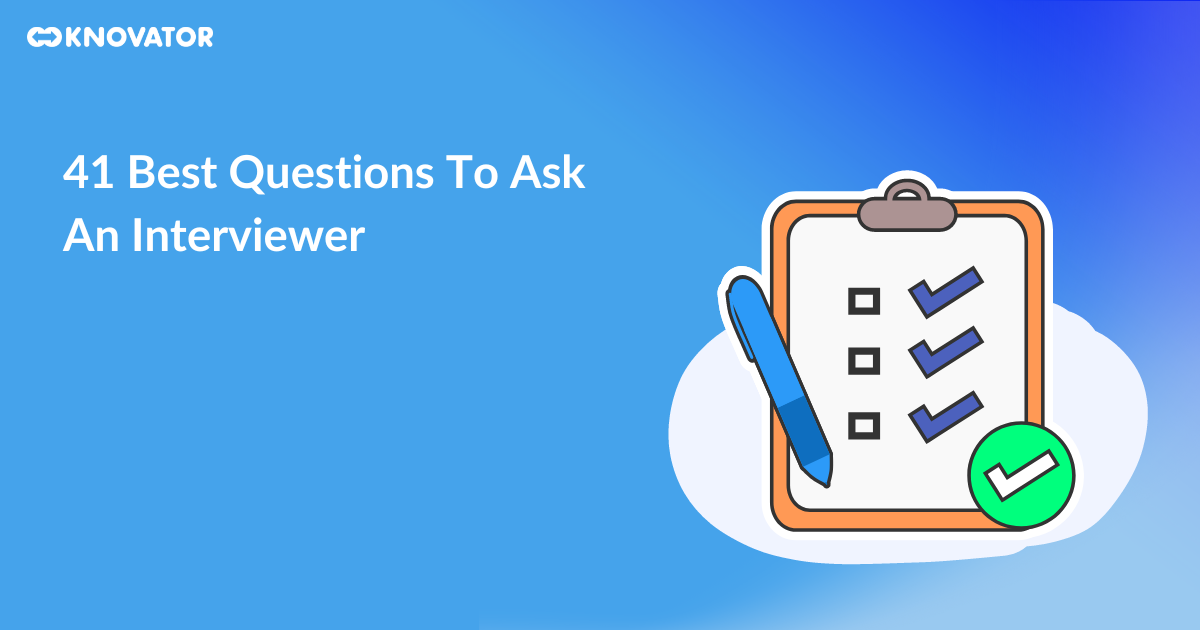There is a motivation behind every goal that is set. And one can achieve any goal with the right amount of motivation. Whether you work in a company and want to do better or you’re in charge of a team and want to make them happier. Knowing different ways to get motivated can make a big difference.
This blog post will teach you about different kinds of motivation. It will serve as a foundation for learning how to fulfill your goals at your workplace.
What is Motivation?

Culture, society, and lifestyle are a few variables that impact motivation. Cultural norms and societal expectations can shape an individual’s values and aspirations. They can impact what they find motivating.
Also, if a large part of your social circle places a high value on obtaining success, you might work harder to get promoted due to your surroundings and way of life. Lifestyle decisions, including work-life balance and pursuing interests, influence motivation.
People and companies create surroundings that help to keep the motivation going. It is done by understanding what makes people motivated. And how it connects to culture, society, and how we live our lives.
Intrinsic and Extrinsic Motivation
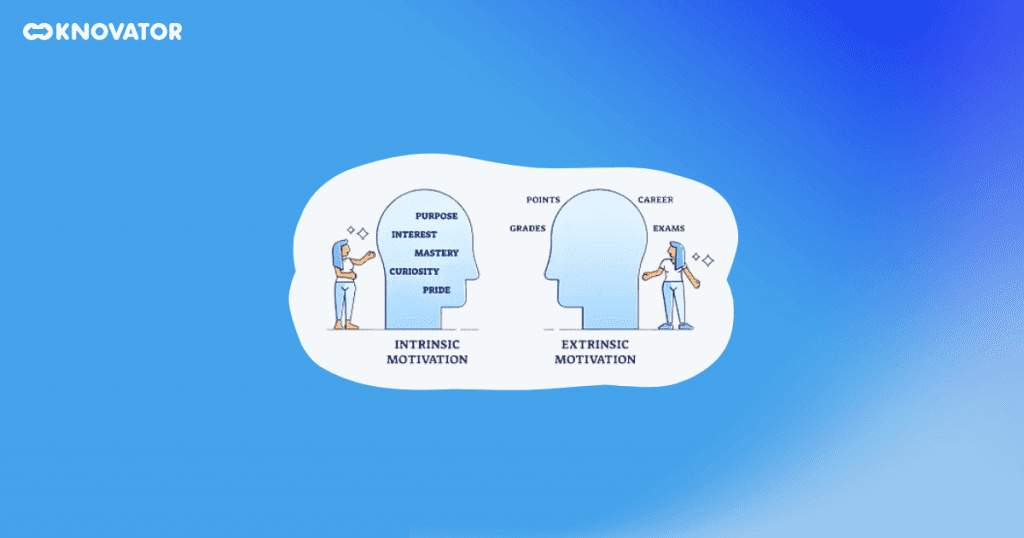
Definition and examples of intrinsic motivation
Intrinsic motivation describes anything that motivates a person intending to be rewarded internally. Personal interests, passions, and a sense of accomplishment drive such motivation. Employees who experience intrinsic motivation find joy in their work. They feel a sense of purpose and fulfillment.
Several everyday activities are driven by intrinsic motivation. Going to the gym, learning new skills, playing games or sports can give you joy or a sense of purpose. Also, assisting someone crossing the street can bring the same feelings.
Example of Intrinsic motivation
Peter has struggled with medical issues his entire life. Others have tried to persuade him to stay healthy. But that encouragement wasn’t enough to motivate him to make a change. Peter gets bored of feeling awful and knowing he isn’t at his best over time. He decides to eat healthier and joins a gym one day. It’s challenging at first, but he persists. He notices he has more energy as he follows the healthy regimen. As he can notice how much better he feels when healthy. He sticks to his schedule and even begins advising some of his peers to help them do the same.
Definition and examples of extrinsic motivation
Extrinsic motivation refers to everything that serves as an external drive. It has two categories: compensation and punishment.
Salary, bonuses, products, money, and an appraisal may all serve as compensation. Punishment may include fines, blame, judgment, and many others. This aspect of extrinsic motivation is sometimes misunderstood as negative. But it contains a significant amount of positivity.
An employee performs well and receives compensation, known as extrinsic motivation. At the same time, he arrives on time to work because he understands that if he is late, he will lose money or even be fired. Also, if he meets the targets set for him, he will be eligible for a bonus from his boss.
Extrinsic motivation comes from someone or something other than the individual being inspired.
Example of extrinsic motivation
The sales department needed to be improved. The department head decided to motivate them. He promises a team bonus if they meet the target goal for the month. The monetary award was motivating and the team achieved its goal. It is the most prevalent example of workplace extrinsic incentives.
Differences between intrinsic and extrinsic motivations
Here’s a chart outlining the key differences between Intrinsic and Extrinsic Motivation:
 Types of Intrinsic Motivation
Types of Intrinsic Motivation
Intrinsic motivation is the inner drive that leads individuals to engage in activities. It pursues goals because it brings joy, satisfaction, and a sense of fulfillment. This type of motivation is broad and can present itself in various ways in the workplace.
Let’s explore some of the key types of intrinsic motivation:
1. Competence Motivation
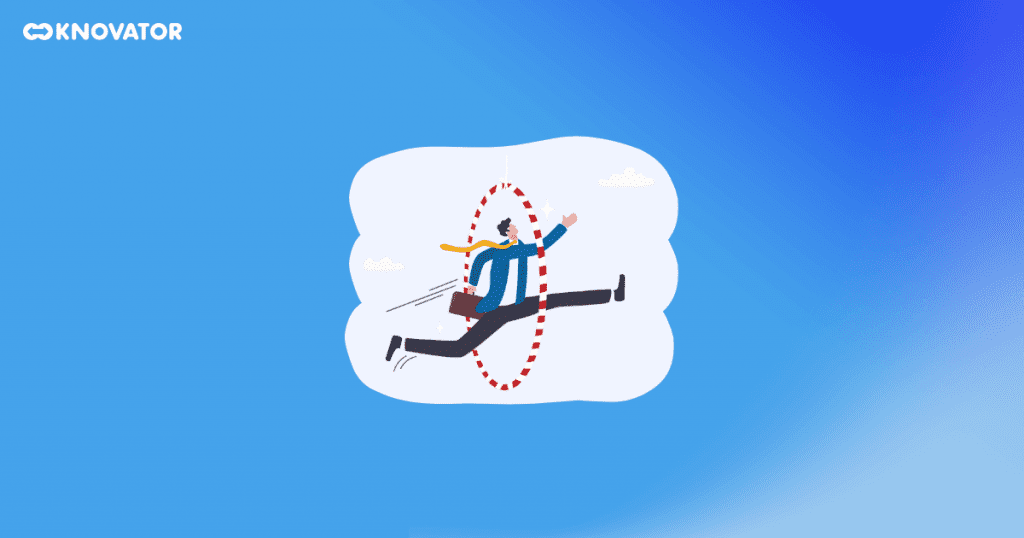
Individuals driven by competence motivation seek opportunities to enhance their expertise and knowledge. Individuals push themselves to master new challenges and tasks.
Employees with competence and motivation in the workplace may take on difficult projects. They do this to prove their capabilities and engage in continuous learning to improve their performance. The sense of accomplishment is achieved through self-improvement. It becomes the driving force behind their efforts.
2. Creative Motivation

Individuals with creative motivation find joy in brainstorming unique approaches. They break traditional norms and contribute original concepts to their work.
These individuals are likely to generate groundbreaking ideas in the workplace. Creative motivation promotes creativity. It leads to increased innovation and problem-solving capabilities.
3. Achievement Motivation

Individuals driven by achievement motivation set challenging objectives. And they are determined to pursue them. They measure success based on their standards. Additionally, they feel satisfied when they achieve more than they did before.
Sports provide the best example of achievement motivation. Consider the Olympic records. These are the world’s best athletes, and they are all enthusiastic about their work. They aspire to be the best and leave their mark on history.
4. Attitude Motivation

Individuals with attitude motivation value a harmonious and pleasant work environment. They actively contribute to uplifting team spirit. They enjoy encouraging their colleagues, resolving conflicts, and building a constructive atmosphere.
This form of motivation influences workplace culture and enhances collaboration among team members.
One example is helping an older woman carry her shopping bags back home despite the day’s fatigue. There is no monetary incentive. But, an attitude motivator fosters the experience of assisting someone.
5. Physiological Motivation
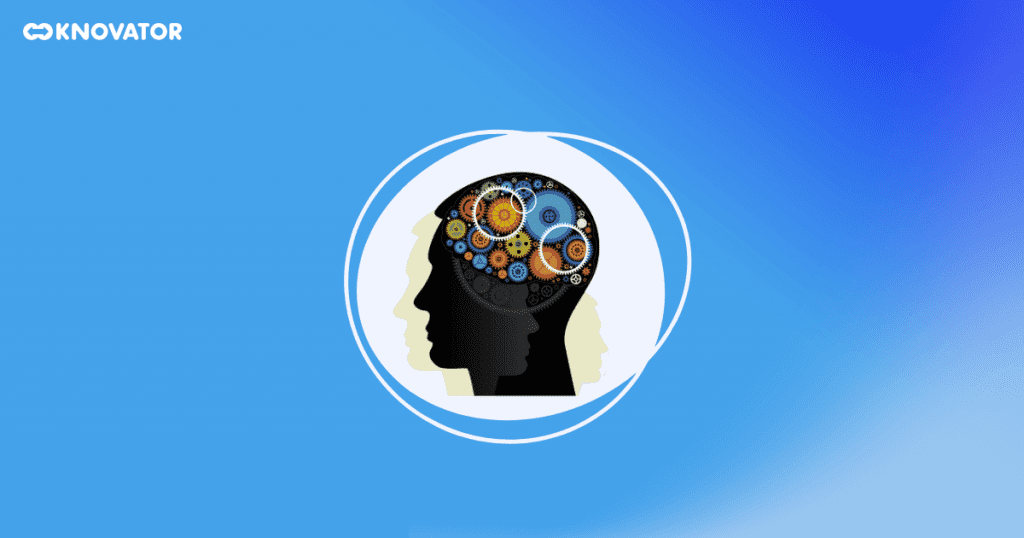
Employees with physiological motivation may engage in activities like yoga and meditation. The employees prefer regular breaks to recharge their energy and enhance productivity.
6. Affiliate Motivation

Individuals driven by affiliate motivation find fulfillment in building strong bonds. They enjoy connecting with clients, coworkers, and customers. They enjoy teamwork, networking, and engaging in collaborative projects.
Affiliate-motivated individuals thrive in a workplace that encourages community. They succeed in an environment that contributes to a positive work atmosphere.
Understanding the various types of intrinsic motivation is important. It enables individuals and organizations to take advantage of these powerful drivers. By acknowledging employees’ unique motivations, leaders can create a workplace culture. This culture promotes passion, creativity, personal growth, and a shared sense of purpose. Employee engagement and fulfillment will boost productivity, job happiness, and success.
Types of Extrinsic Motivation
Extrinsic motivation relies on external factors to drive behavior and performance. These external rewards or punishments encourage individuals to perform specific actions or tasks.
It is important to understand the various types of extrinsic motivation. It helps organizations design effective incentive programs.
Let’s explore three key types of extrinsic motivation:
1. Reward-Based Motivation

For example, a performance-based commission structure may motivate a sales team. Meeting or exceeding sales targets leads to extra financial rewards. Reward-based motivation is a common and effective approach used by organizations. It incentivizes employees and drives productivity.
2. Fear-Based Motivation

For instance, to discourage employees from arriving late or skipping work. A firm may set a tight attendance policy with consequences for excessive absences. At the same time, fear-based motivation can achieve short-term compliance. It may impact employee morale and job satisfaction in the long run.
3. Power-Based Motivation

The desire for power and prestige may drive employees to perform. They also want the ability to shape the direction of their teams or projects. Ensuring people in positions of power have the right skills is very important.
Organizations must strike a balance between intrinsic and extrinsic motivation approaches. Extrinsic motivation gives quick results and compliance. But intrinsic motivation creates stronger and lasting employee engagement.
Best Types of Motivation for Different Situations
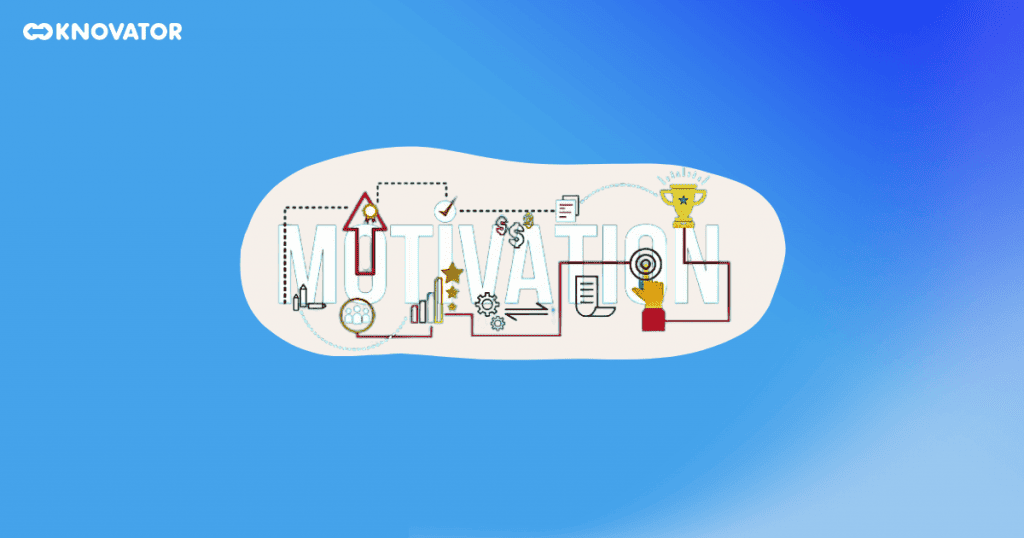
1. Best types of motivation for employees
In the business sector, employees must be both internally and externally driven.
There is a need to motivate others by becoming the catalyst for their motivation. Here are some carefully chosen forms of motivation for employees that will benefit them.
- Reward-based motivation
- Attitude Motivation
- Fear-based motivation
- Creative Motivation
- Achievement motivation
- Competence motivation
- Power Motivation
2. Best types of motivation for managers
Managers need some particular sort of motivation to function.
Staying motivated is essential for managers as they interact with diverse individuals. Here, we explore some effective forms of motivation. These motivations can help managers excel in their roles:
- Reward-based motivation
- Power Motivation
- Achievement motivation
- Attitude Motivation
- Competence motivation.
3. Best types of motivation in education
In education, learners are motivated by theoretical rather than practical factors.
The following inspiring personalities are the greatest ones to choose for schooling.
- Achievement motivation
- Reward-based motivation
- Fear-based motivation
Turn To The Best Kind Of Motivation For Your Workplace
In the changing world of the workplace, motivation serves as the driving force behind achieving goals. It helps people reach new heights of success.
The top 9 motivational styles discussed here will help motivate employees working under you.
When individuals and teams are motivated in this unique way, they can achieve incredible things together. All you need to do is be aware of the objectives that must be met and then use the appropriate motivational techniques to increase performance.
So, embrace the power of motivation and create a symphony of success in your workplace!

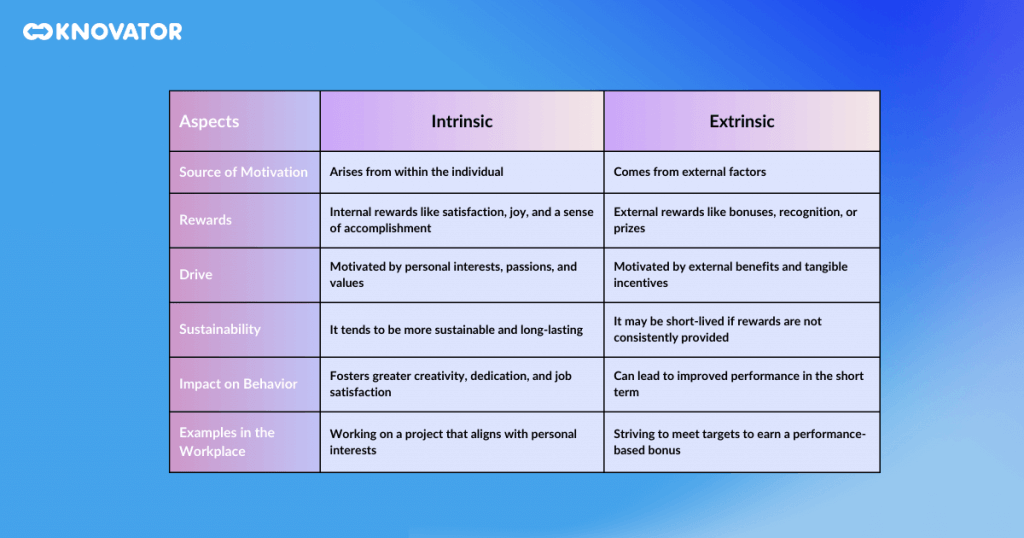 Types of Intrinsic Motivation
Types of Intrinsic Motivation

